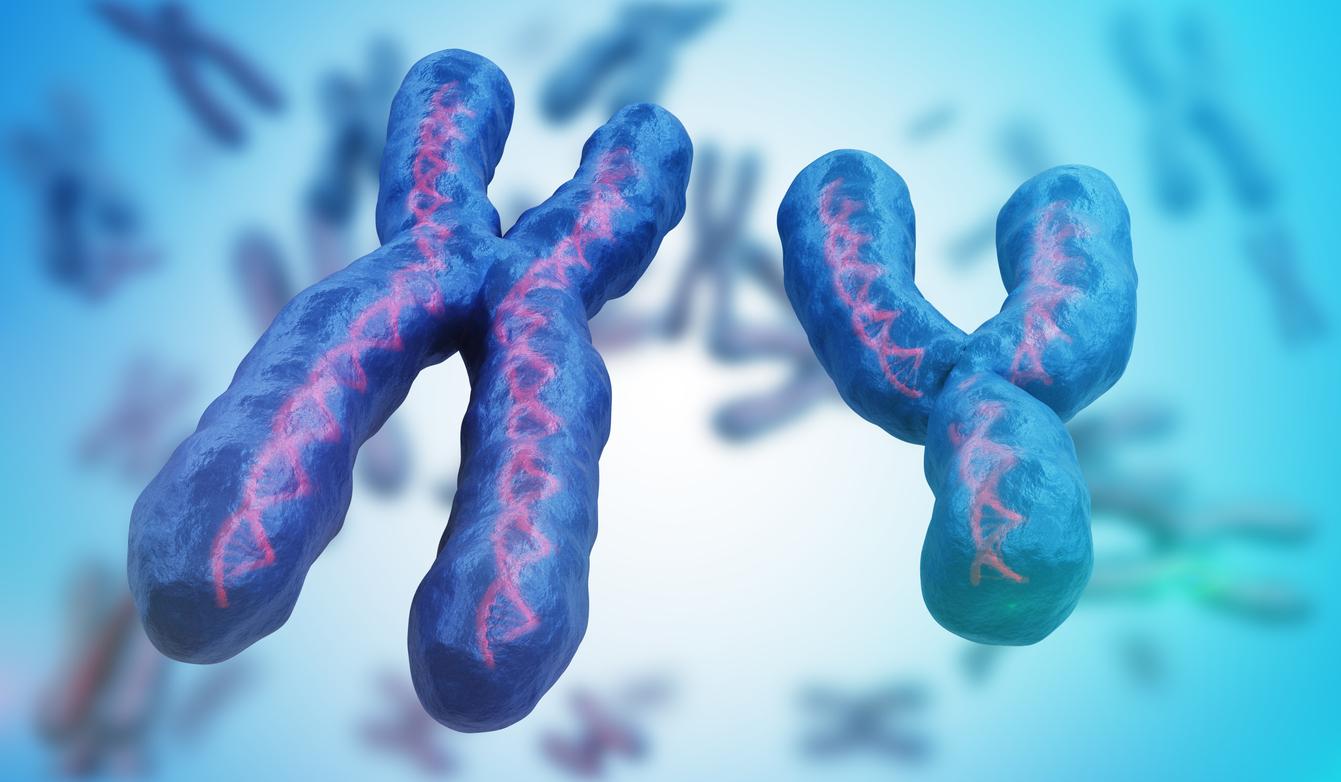Researchers from CNRS, Aix-Marseille University and AP-HM have identified a specific brain marker of autism, detectable by MRI and present from the age of two years.
Autism spectrum disorders are a collection of neurodevelopmental disorders that primarily affect social relationships and communication. They are associated with abnormal development of the brain.
Recent neuroimaging data suggesting the existence of abnormalities in the folding of the cerebral cortex, researchers at the Timone Institute of Neuroscience have followed this line of research.
In a statement, they claim to have spotted an “anomaly” in a region of the brain specializing in language and communication. This abnormality (in fact, a small, shallower fold in one part of the brain) impairs these faculties in people with autism.
By comparing three groups of children aged 2 to 10 years, some with autism and others without autism disorders, they found that in the Broca area (an area known to be involved in the language and communication), the maximum depth of a groove was less in children with autism compared to the other two groups.
“This discovery could help in the earlier diagnosis and management of these patients” say the researchers whose study has just been published in the journal Biological Psychiatry.
Read also :
Autism: girls more sociable than boys
Infographic: all you need to know about autism
We shouldn’t say autism but autism
















